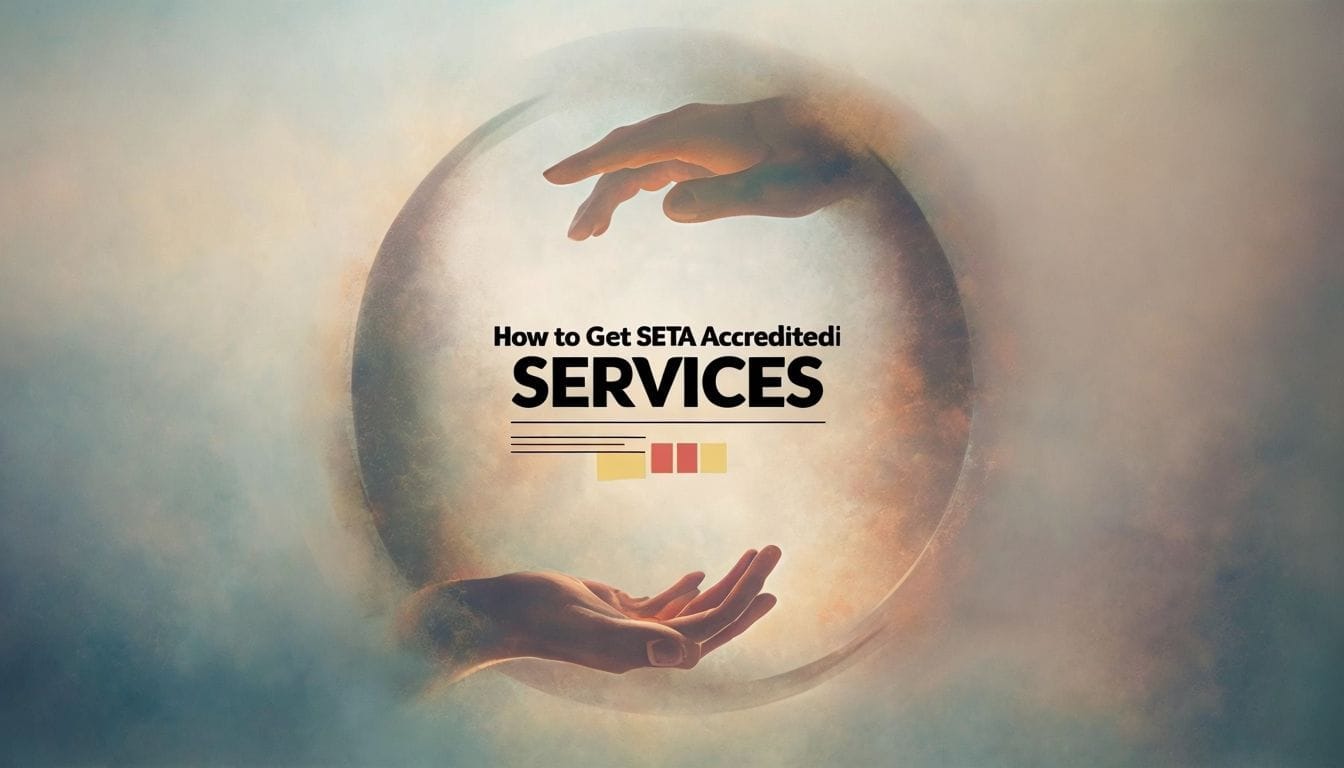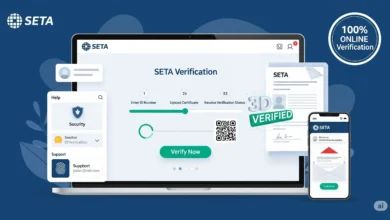
Imagine running a training program that’s not just trusted by learners but also backed by South Africa’s top skills authority. That’s the power of SETA accreditation—it turns your institution into a recognised, funded, and trusted skills provider. Whether you’re a small training start-up or a corporate skills department, getting SETA accredited in 2025 could be the best move you make for your growth and credibility.
Why SETA Accreditation Matters More Than Ever
In South Africa’s competitive skills development market, credibility is everything. Sector Education and Training Authorities (SETAs) ensure that training providers meet nationally approved quality standards.
Here’s why accreditation is a game-changer:
- Official Recognition – Your training is acknowledged by the South African Qualifications Authority (SAQA).
- Funding Access – Eligibility for grants, learnerships, and bursaries.
- Market Trust – Boosted credibility with both learners and employers.
- Tender Advantage – Higher chances in government and corporate bids.
- Quality Support – Guidance from SETA on improving training delivery.
Put simply—without accreditation, your course may struggle to gain recognition, funding, or enrolments.
How the SETA System Works
South Africa has 21 SETAs, each serving a specific industry—from construction to finance. They operate under the Department of Higher Education and Training (DHET) and enforce the National Skills Development Strategy (NSDS).
Their role includes:
- Accrediting training providers
- Monitoring education quality
- Funding skills programs
- Promoting learnerships and apprenticeships
Examples:
- CETA – Construction sector
- MERSETA – Manufacturing & engineering
- Services SETA – Business & administration
- AgriSETA – Agriculture and rural development
Step-by-Step Guide to Getting SETA Accredited in 2025
Step 1: Choose the Right SETA
Match your course to the correct SETA. Use SAQA or DHET databases to find the unit standards your program aligns with.
Step 2: Meet Compliance Requirements
Before applying, make sure you have:
- CIPC registration
- Tax clearance
- BBBEE certificate (if applicable)
- Qualified facilitators, assessors, and moderators
- SAQA-aligned training material
Step 3: Prepare Your Documentation
Typical requirements include:
- Business registration documents
- CVs and qualifications of trainers
- Quality Management System (QMS)
- Proof of learning facilities or online readiness
Step 4: Site Visit
SETA officials will inspect your facilities (or online setup) to verify compliance. Be prepared—everything must match your application.
Step 5: Await Decision
You may be fully accredited, conditionally accredited, or asked to fix issues before resubmitting. Accreditation typically lasts 3–5 years.
Avoid These Common Mistakes
- Submitting incomplete applications
- Misaligning your course with NQF unit standards
- Using unregistered or unqualified trainers
- Neglecting to update your QMS
Staying Accredited
Accreditation is not a once-off task. Maintain compliance by:
- Submitting annual reports
- Keeping trainers’ qualifications current
- Updating your training material with SAQA changes
- Preparing for random quality audits
When You Might Need Multiple Accreditations
If you offer both occupational training and academic programs, you may also need CHE or UMALUSI accreditation in addition to SETA.
Real-Life Success Story
A Cape Town start-up, Bright Futures Skills Academy, was initially rejected for poor QMS. After hiring a consultant and revising their systems, they secured Services SETA accreditation and landed over R250,000 in discretionary grants within a year.
Final Takeaway
Getting SETA accredited in 2025 isn’t just about ticking boxes—it’s about unlocking funding, recognition, and a competitive edge. With the right preparation, compliance, and commitment to quality, your training business can grow faster and gain lasting credibility.
Pro Tip: Always keep your files audit-ready. SETAs love organised providers, and it can mean the difference between fast approval and frustrating delays.





